| Columns Retired Columns & Blogs |
In Fig.11, -110dB mean 0.0003%, not 0.0030%.
I measured the Cambridge Audio Azur 851D with my Audio Precision SYS2722 system (see www.ap.com and the January 2008 "As We See It"), using mostly a TosLink connection. To test its performance via USB and Bluetooth, I used my 2012 MacBook Pro running on battery power. Apple's USB Prober utility identified the DAC as "Cambridge Audio USB Audio 2.0" and confirmed that it operated in the sonically optimal isochronous asynchronous mode. The Cambridge's S/PDIF and AES/EBU inputs successfully locked to all sample rates up to 192kHz—including TosLink, which is usually limited to 96kHz. The USB input worked with data sampled at all rates between 44.1 and 192kHz with a bit depth of 24.
With its volume control set to its maximum or disabled, the Azur 851D's maximum output level at 1kHz was 4.36V from the balanced outputs and 2.18V from the unbalanced. This was with S/PDIF and USB data; with Bluetooth data and my laptop's volume control set to its maximum, the maximum output level was 2.68V. With the Phase button set to Normal, the 851D preserved absolute polarity (ie, was non-inverting) for all inputs and outputs, the XLR jacks being wired with pin 2 hot. The balanced output impedance was a low 92 ohms at all audio frequencies; the unbalanced impedance was half that value, as expected. The headphone jack's output impedance was 9 ohms across the audioband.
While the Linear and Steep digital reconstruction filters offered conventional, time-symmetrical impulse responses (fig.1), the Minimum filter had, as its name suggests, a minimum-phase response (fig.2), with no pre-ringing before the impulse. With the test proposed by MBL's Jürgen Reis, in which wideband spectral analysis is performed on a processor's analog output while it decodes 44.1kHz data representing first a full-scale tone at 19.1kHz and then white noise at –4dBFS, the 851D's Linear and Minimum filters gave identical results (fig.3). Harmonic distortion products from the 19.1kHz tone are all very low in level, and although the filters haven't reached their stopband attenuation by the Nyquist frequency (ie, half the sampling frequency; indicated in the graph by the vertical green line), the ultrasonic image of the tone at 25kHz (44,100 minus 19,100) is completely suppressed. As anticipated, the Steep filter offers a steeper rolloff above the audioband (fig.4), though it hasn't quite reached its stopband level by the Nyquist frequency.
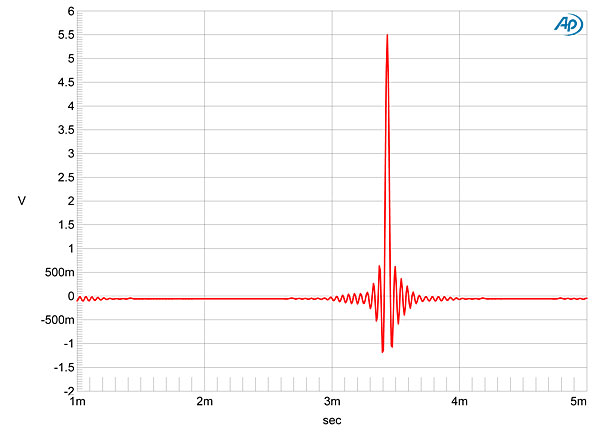
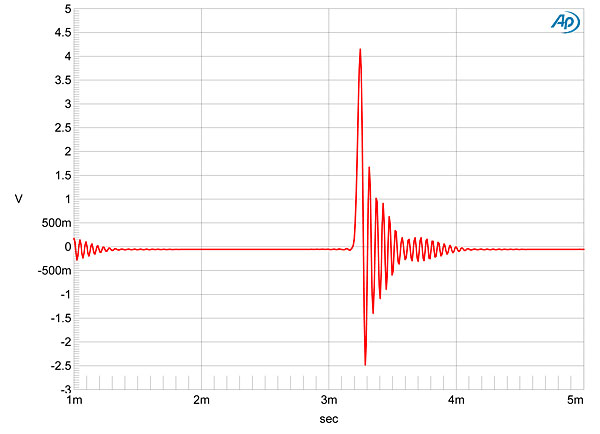
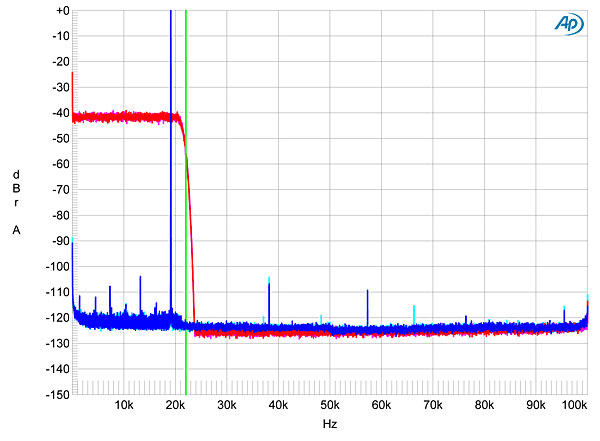
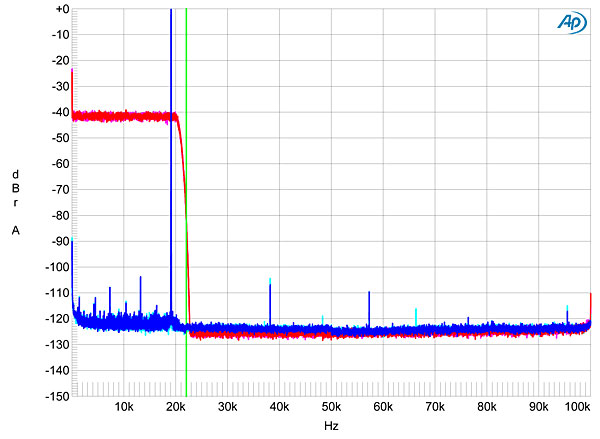
Fig.5 is a more conventional way of showing the Cambridge's frequency response with sample rates of 44.1, 96, and 192kHz. At each rate, the response starts to gently roll off above 20kHz, with then a sharp cutoff just below the respective Nyquist frequency. This graph was taken with Jon Iverson's preferred filter, the Linear; while the Minimum filter had the same response in the audioband, the Steep filter had significant passband ripple (fig.6). Channel separation was superb, at >125dB in both directions below 1kHz, and still 117dB at 20kHz. The processor's noise floor was commendably free from any power-supply spuriae (fig.7).
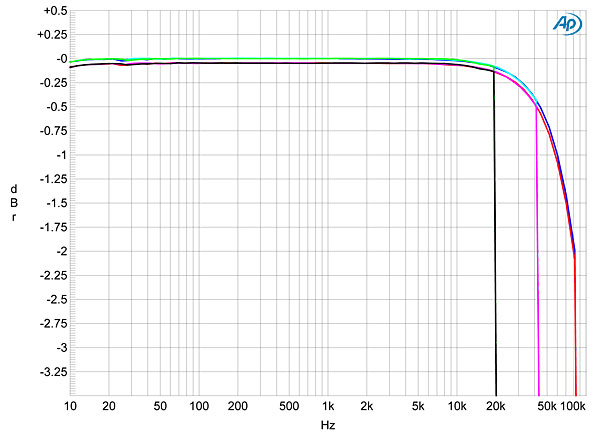
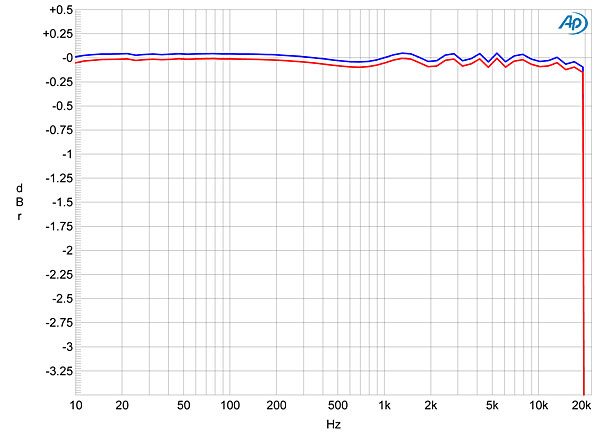
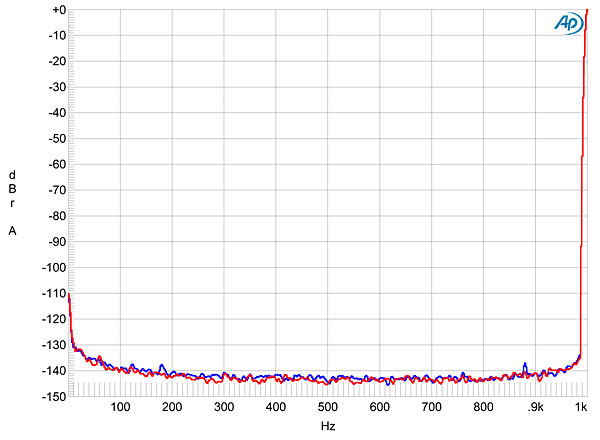
With dithered TosLink data representing a 1kHz tone at –90dBFS, increasing the bit depth from 16 to 24 dropped the noise floor by almost 20dB (fig.8). This suggests DAC resolution of 19 bits, which is superb performance. Repeating the analysis with USB data confirmed that this input correctly handled 24-bit data, although, as expected, the Bluetooth input was deaf to a signal at this low a level. With its very low level of background noise and superb resolution, the Azur 851D's reproduction of an undithered tone at exactly –90.31dBFS was superb (fig.9). The waveform is symmetrical about the time axis, the three DC voltage levels described by the data are readily apparent, and with the Linear filter, the Gibbs Phenomenon "ringing" can be just discerned. Even at this very low level, the result with undithered 24-bit data was an excellent sinewave (fig.10).
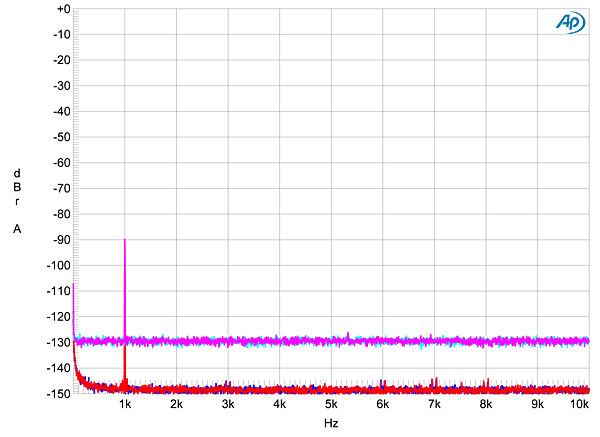
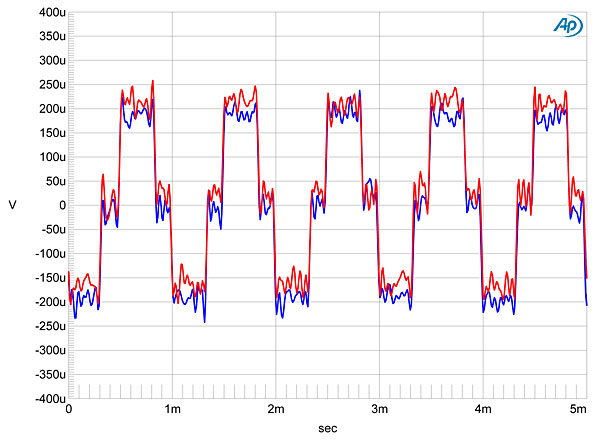
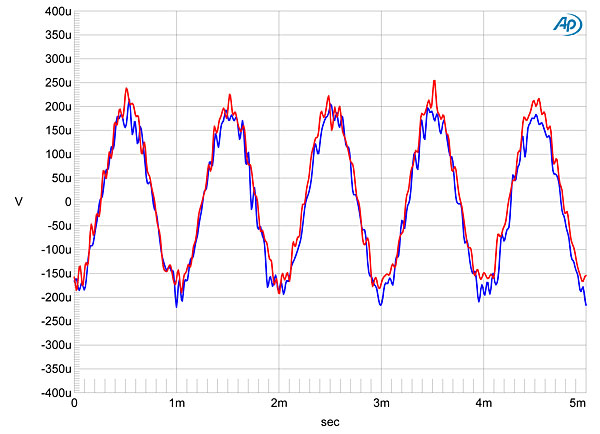
The Azur 851D's harmonic distortion was extremely low, even into 600 ohms (fig.11). The second harmonic was the only significant distortion product—if, that is, you can describe as "significant" something that lies at –110dB (0.0003%). Intermodulation distortion was similarly very low (fig.12) and not affected by the choice of filter.
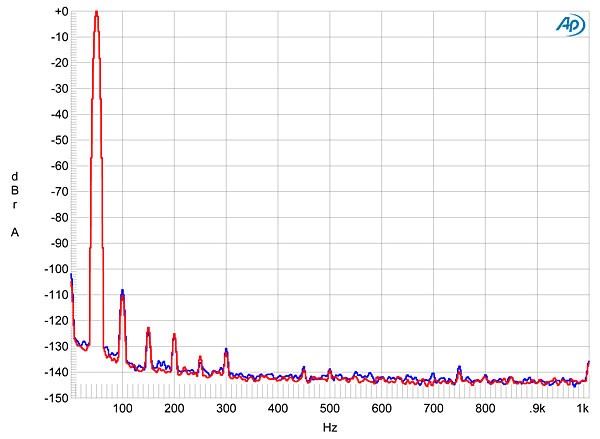
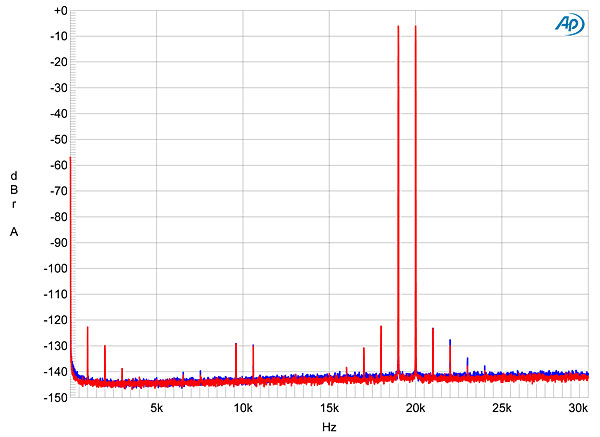
Tested for its rejection of word-clock jitter via TosLink using undithered 16-bit J-Test data, the Cambridge processor again offered superb performance (fig.13). All that is visible, and then only in the left channel, is a vanishingly low pair of sidebands at ±120Hz; the higher, odd-order harmonics of the low-frequency, LSB-level squarewave are almost all at the correct levels, the latter indicated by the green line in this graph. The noise floor was perfectly clean with 24-bit J-Test data (fig.14), with no data-related sidebands visible, and, again, only that single pair of 120Hz-spaced sidebands visible at –139dBFS in the left channel.
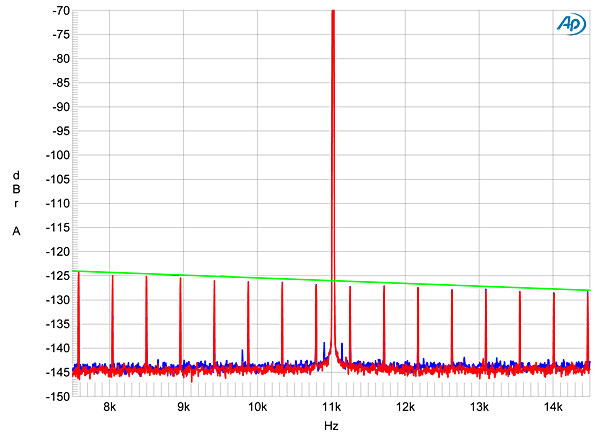
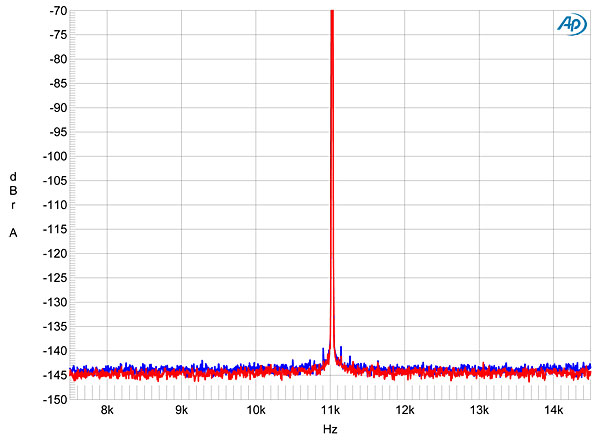
Testing the Bluetooth input was a complex matter, due to the lossy nature of the codec used. (For a discussion of the issues, see my review of the Arcam rBlink last March.) But from its performance with the gapped multitone test signal I prepared for Stereophile's Test CD 3 (Stereophile STPH006-2), it does appear that the Azur 851D uses the sonically preferable aptX codec. The spectrum of its output while the processor decoded this signal via Bluetooth (fig.15) shows the expected reduction of the noise floor in the region where the ear is most sensitive.
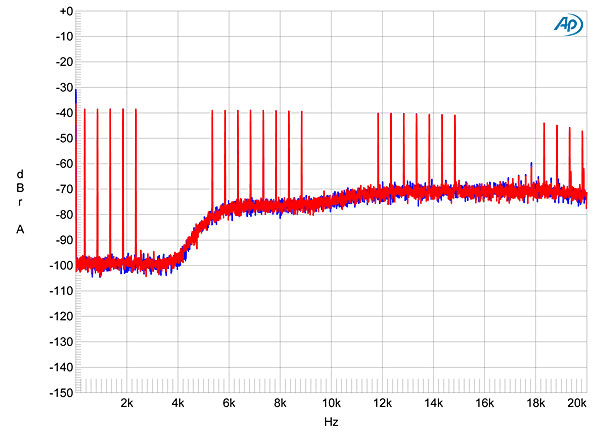
The Cambridge Audio Azur 851D's measured performance is never short of superb. The fact that it can offer this level of performance for $1500 puts many more-expensive processors to shame.—John Atkinson